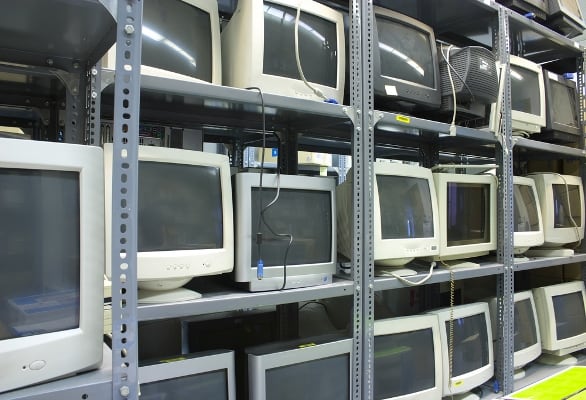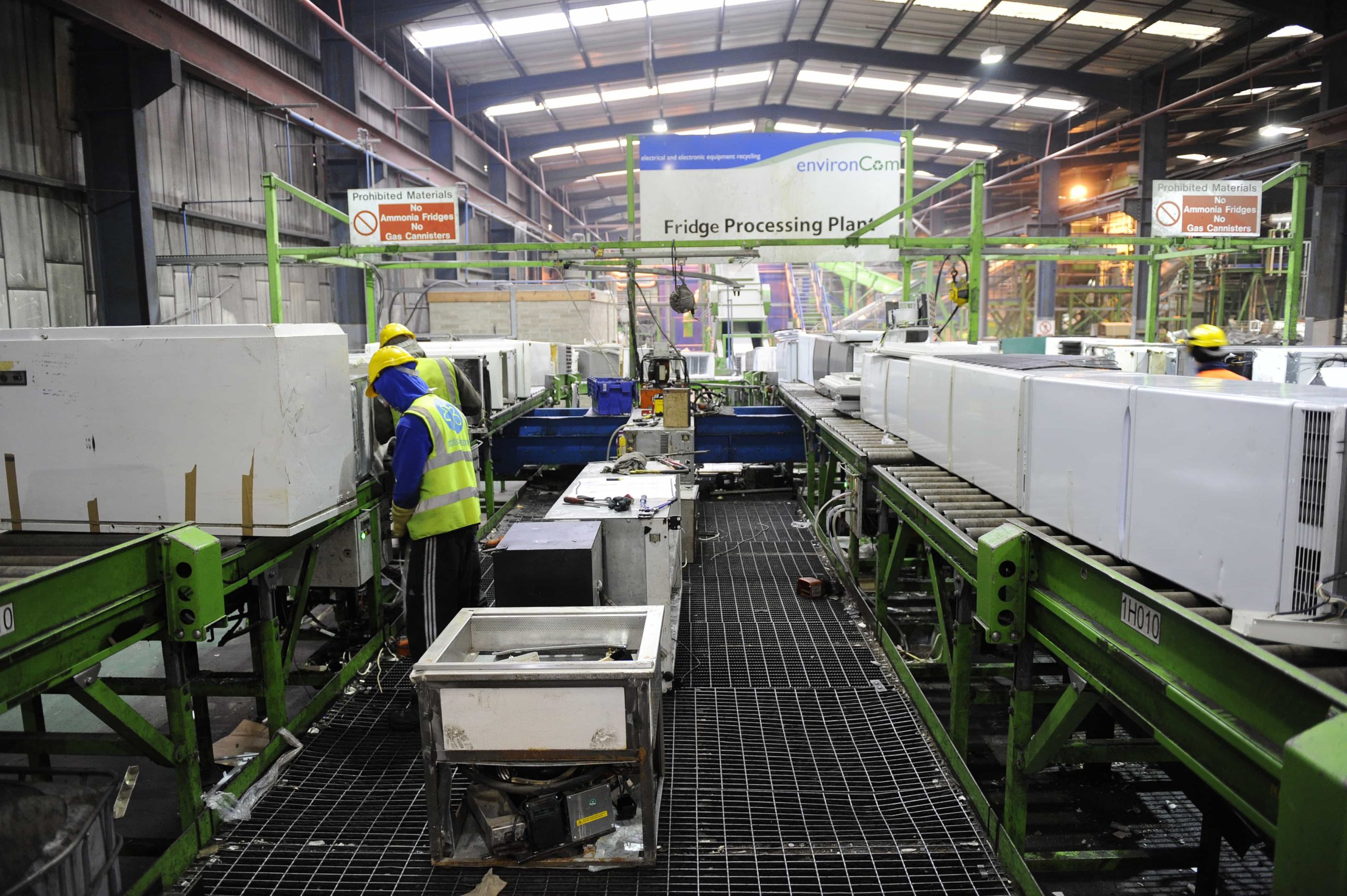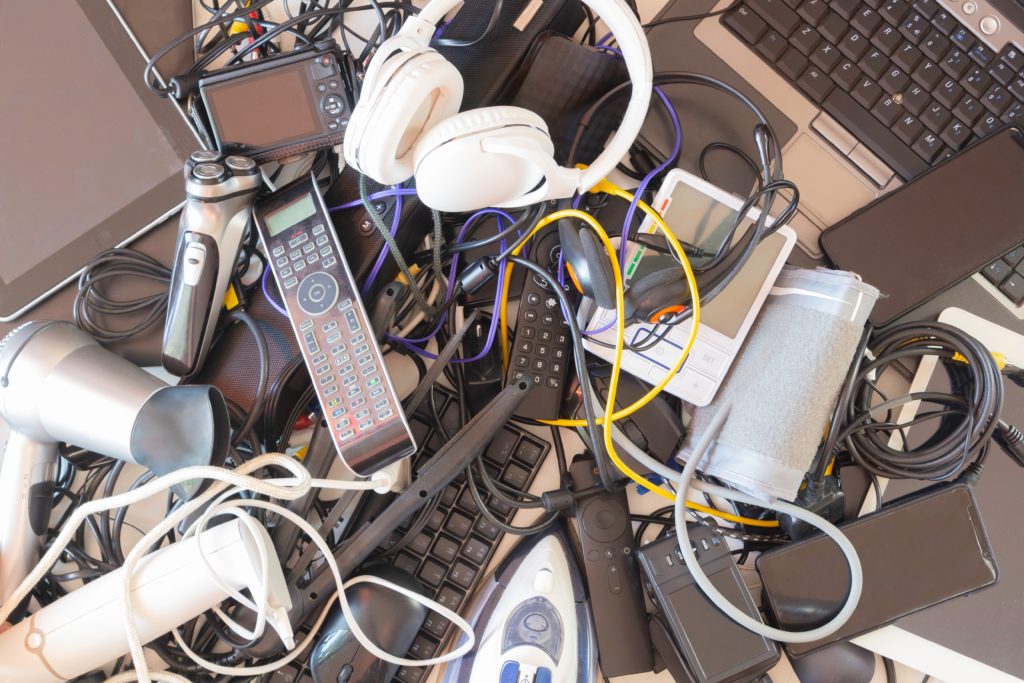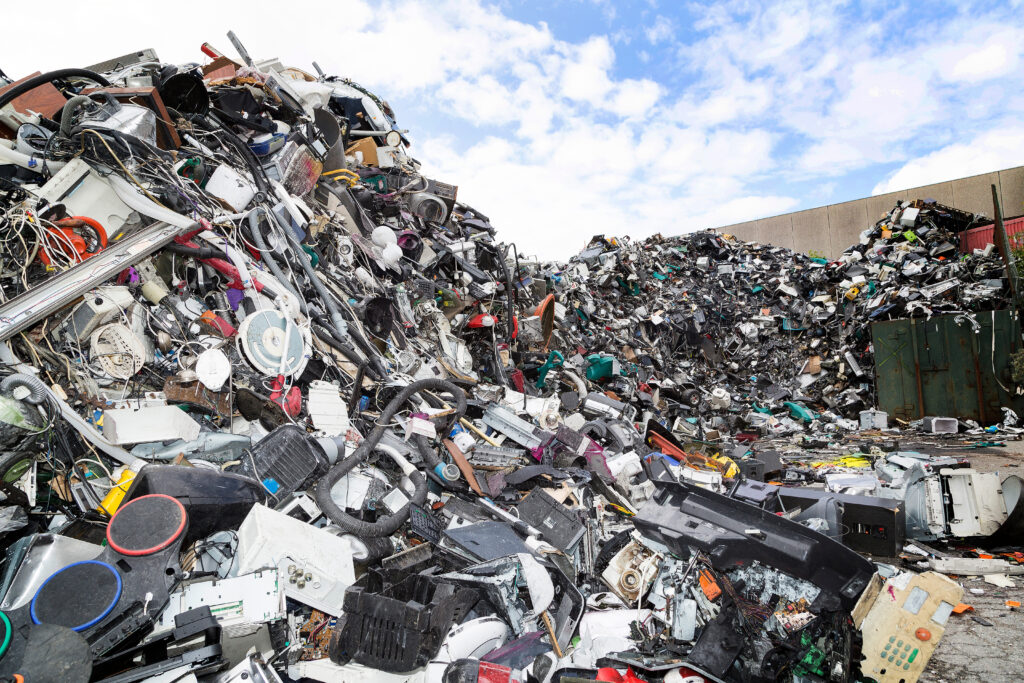The Agency says the RPS was issued to reflect immediate challenges faced by operators involved in the treatment recovery and recycling of CRTs. While the RPS applies, recyclers can landfill CRT glass without it affecting their obligation to meet the 70% recycling target for display glass in categories 3 and 4 of the waste electrical and electronic equipment (WEEE) regulations. The RPS expires on 1 November 2020.

An Agency spokesperson told letsrecycle.com: “We have been working hard to ensure cathode ray televisions can be appropriately recycled and disposed of.
“In order to make this possible, we are giving waste electrical and electronic equipment treatment operators a small period of time to put in place the necessary measures to ensure they can meet our targets.”
The Agency told letsrecycle.com it anticipated the landfilling of mixed or leaded CRT glass in hazardous waste landfill would be a temporary solution while a market was found for the smelting of leaded glass fraction.
CRT glass
A CRT is a vacuum tube containing one or more electron guns and a phosphorescent screen, used to display images in older television sets and computer monitors. Since the late 2000s, CRTs have been largely superseded by flat panel technologies such as LCD, plasma display and OLED displays.
CRT glass can be split into two types: leaded funnel and non-leaded panel. Funnel represents about a third of the weight of all CRT glass.
The Agency says clean, crushed CRT television screen glass can still be used and recycled in cement ‘bound’ applications as it does not contain high levels of lead.
WEEE treatment operators will revert to processing CRTs by separating the screen glass from the funnel glass and removing the fluorescent coating from the screen, the Agency says.
Environcom
One company affected by the RPS is Grantham-based WEEE recycler Environcom, which until early 2018 recycled CRT glass through its former Welsh subsidiary Display Recycling Ltd.

Display Recycling had end of waste approval from Natural Resources Wales (NRW) to create a product from CRT glass at their site in Mold. Having moved Display Recyling’s standalone plant and machinery to the West Midlands in 2018, Environcom was recently refused Definition of Waste (DoW) approval from the Agency for its sand-like product.
Environcom has now ceased its glass recycling operations. The company says that by July 2020 it was processing 95% of all UK CRT glass.
‘Strongly disagree’
The company’s chief executive Cris Stephenson told letsrecycle.com: “Up until DoW, Environcom recycled virtually all the CRT glass produced in the UK, producing a sand-like product called RSA6 for use in bound concrete as part of the concrete mix. This created a stronger product and ensured any lead was encapsulated to avoid any environmental risk, and it also importantly reduced the need for mining of virgin product.
“We strongly disagree with the Definition of Waste ruling”
“We strongly disagree with the DoW ruling which reverses the NRW end of waste approval despite using the same evidence and material in their assessment. However, there is no right of appeal other than to seek a judicial ruling which would be both prohibitively expensive and time consuming. CRTs are a rapidly diminishing waste stream and no serious investment in recycling it, be that in legal fees or new equipment, has any commercial justification.
“Environcom has embarked on a change in operations that ensures the splitting of unleaded and leaded glass plus the removal of the hazardous coatings, all within an enclosed environment with the subsequent leaded glass currently been disposed of in hazardous landfill.
“We continue to investigate and pursue a recycling option for this stream of waste so that once again we can sustainably recycle CRT glass rather than have to take an environmentally damaging route to landfill. We continue to follow our mantra that ‘e-waste doesn’t have to cost the Earth’.”
Conference
WEEE will be on the agenda at the Virtual WEEE Conference, to be held on 30 September. More information can be found here.











Subscribe for free